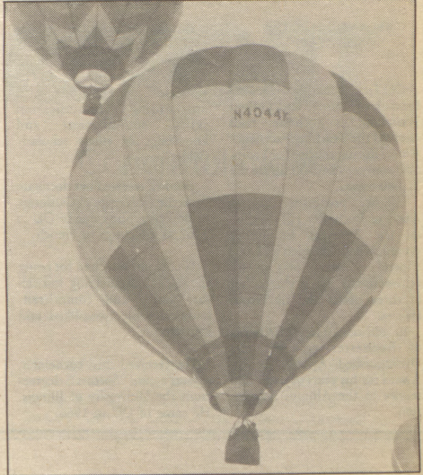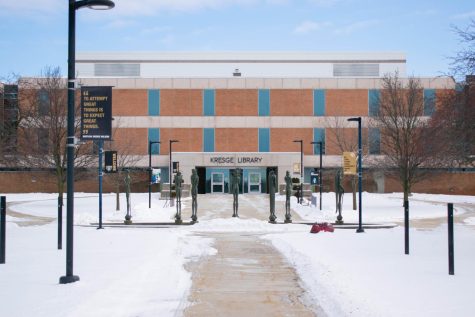Looking Back: The alcohol policy on campus
Being told that alcohol is on a college campus wouldn’t shock or bewilder anyone. The combination of students coming of age and also becoming independent for the first time, along with the stereotype of college being a place to party, unsurprisingly lends itself to students trying alcohol.
Oakland University has a zero tolerance policy toward the consumption of alcohol on campus. While it is accepted for of age students to consume alcohol at certain events or behind closed doors in the residence halls, beyond that there is no alcoholic beverages permitted on campus.
This current policy is the result of years of different revisions and incidents that have happened around the campus community.
Prior to 1983, most major events on campus served alcohol because there wasn’t any special licensing procedure. The Student Program Board used to get licenses to sell alcohol at different programs that they threw for students.
This changed when state legislation from the Liquor Control Commission around 1984 made it so that only five liquor licenses would be made available per year for events and programs on campus.
But this didn’t entirely get rid of alcohol on campus, it just limited the availability of it to students. There was still alcohol allowed on campus, and staff wanted to educate students on the dangers that drinking alcoholic beverages could bring.
There was an Alcohol Awareness Program in the residence halls in November 1988, where student volunteers were served Long Island Iced Teas until they were legally drunk, and their reactions were observed by housing department staff and the Oakland County Sheriff’s Department. The program’s intent was to show how intoxicated peoples may not always be aware of their condition.
After the program, an unnamed inebriated student broke his nose after passing out due to the effects of the program. During the event, he had taken an equivalent of 30 to 35 shots of alcohol in the span of 40 minutes, and blew a .247 in a breathalyzer, when the Michigan legal limit was .10.
This injury led to an argument between Jack Wilson, the then associate of student affairs, and the Oakland County Sheriff’s Department. Wilson claimed that officers were present during the program and that the program itself was performed nationally, whereas the Sheriff’s Department claimed that the officers were only there during the testing period, and that the program was unique to Oakland University.
Separate from these programs, floor parties would be held in the respective floor’s lounge, with students going back to their room to drink then coming back out. Problems arose when older students began to give underage students alcohol during these parties.
Three University of Detroit students got into a car accident after drinking at a North Hamlin floor party. In that same month, a student was issued a court appearance for possession of 30 cans and bottles of beer in the lobby of West Vandenberg.
This piling up of incidents led to floor parties being banned in the residence halls in 1988.
“Discipline went down two-thirds (after floor parties ended),” said Eleanor Reynolds, the then director of University Housing. “Damage costs went down about 60 percent and the number of public safety reports dropped 25 to 30 percent.”
The policy in 1988 stated that anyone older than 21 could have alcohol in the dorm room with the door shut. This policy has been hemmed and edited, for example the banning of quarter kegs and party balls around 1990, until it came to rest on the policy that we have now.







